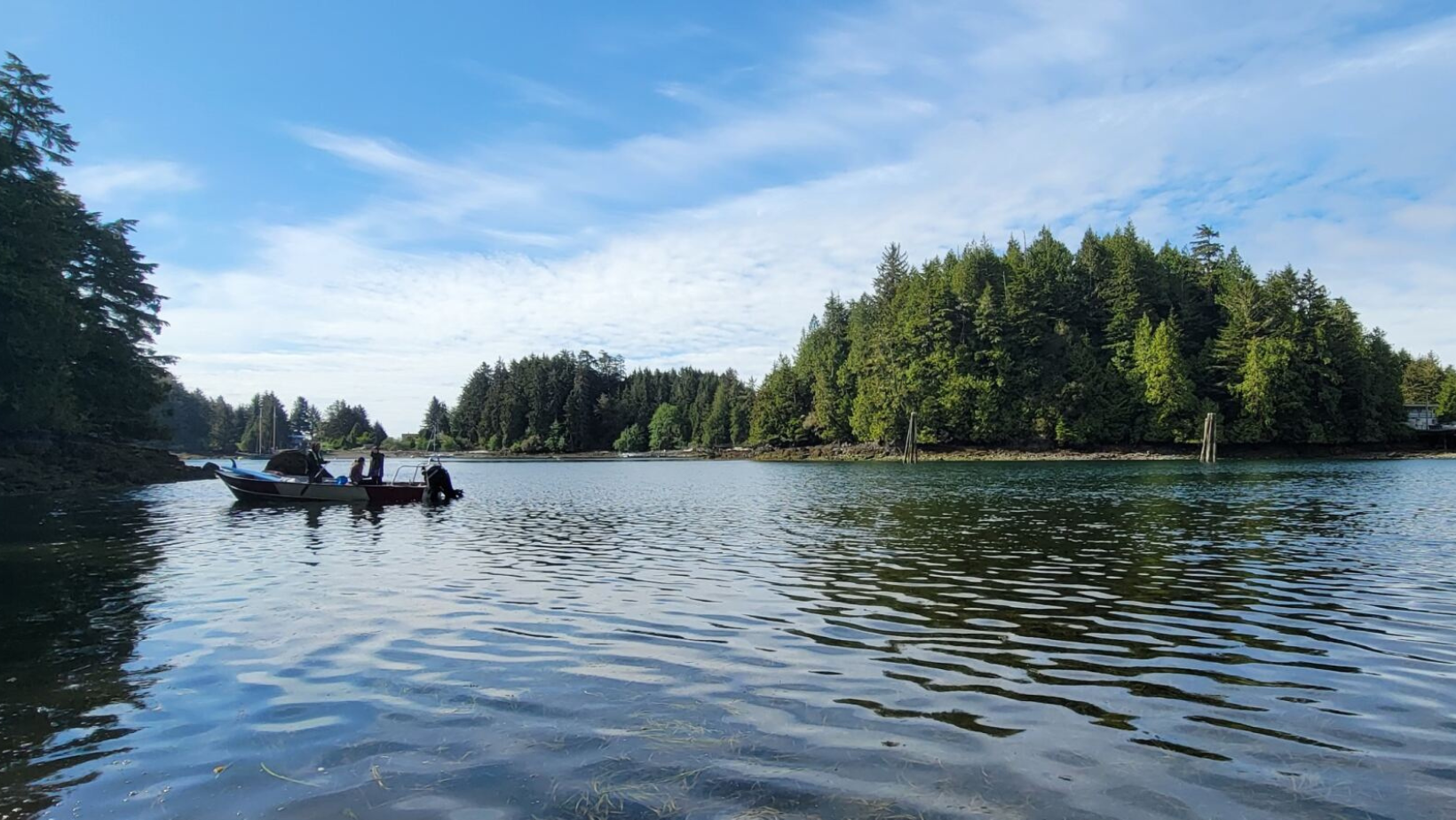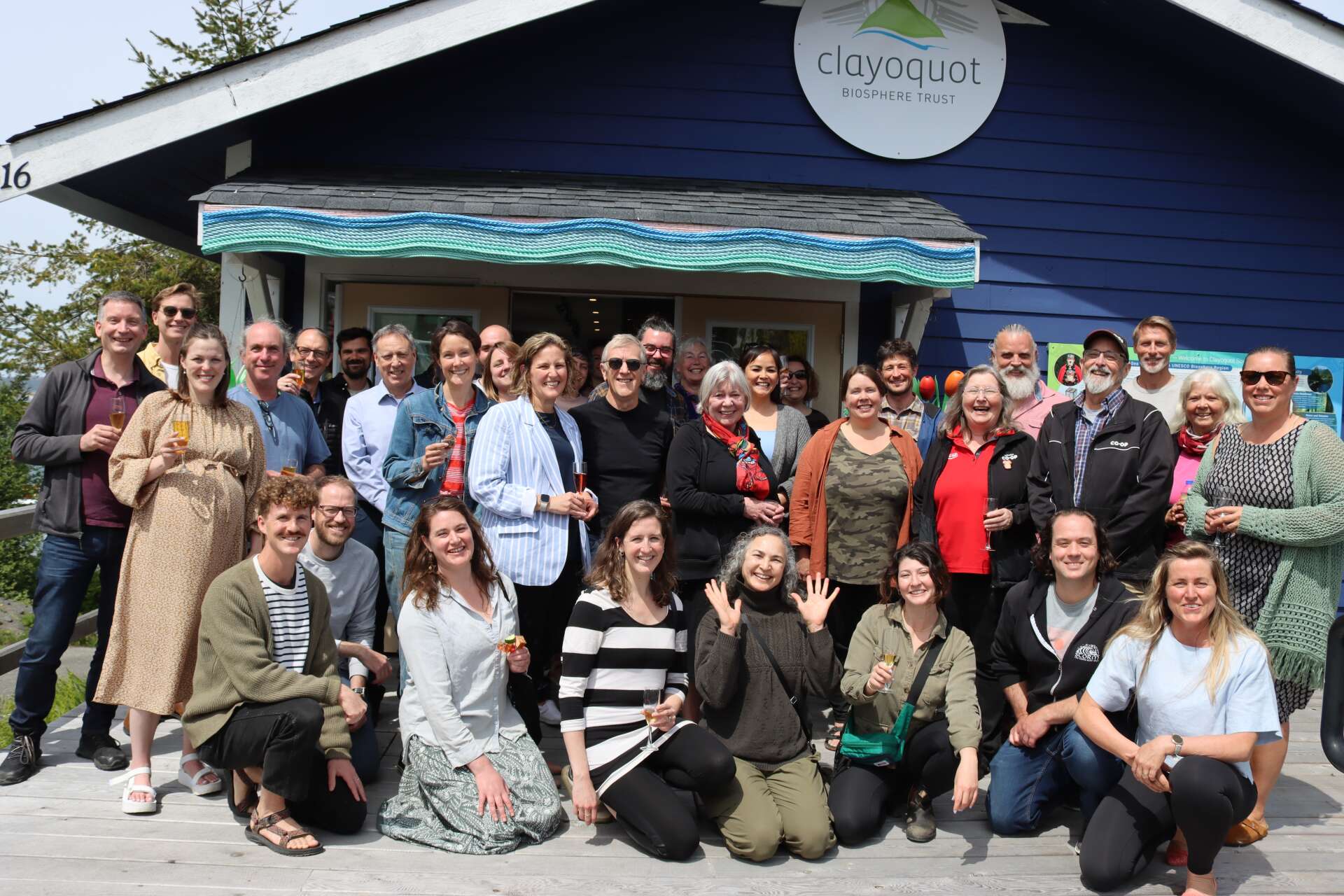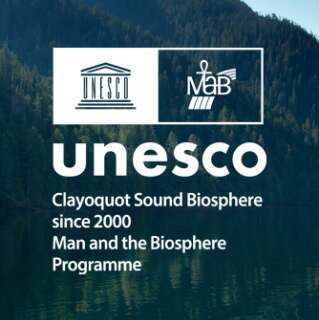Announcing the 2025 Research & Environment Grants

We are pleased to announce the recipients of the 2025 Research & Environment grants. This year, the CBT awarded $20K in funding to four projects in the region. These projects address threats to key species and ecosystems and uplift nuučaan̓uł (Nuu-chah-nulth) ways of knowing. Efforts also focus on habitat conservation, restoration, and protection for ecologically and culturally important species and ecosystems.
We deeply appreciate the efforts of the Research and Environment Advisory Committee, comprised of dedicated local volunteers, for their time and efforts to review each application.
To learn more about the projects or connect with project leaders, email colin@clayoquotbiosphere.org.
2025 Research and Environment Grant Projects
Inspiring Action for Biodiversity and Habitat Protection|Ucluelet Aquarium Society
The Ucluelet Aquarium is an educational facility whose mission is to share joy and knowledge about local species and habitats through storytelling and hands-on interactions. Staying true to their mission, they are expanding educational opportunities to the community through a series of events and activities:
- Safe Wildlife Practices with WildSafeBC: WildSafeBC’s expert team educates attendees on responsible and respectful wildlife practices, directly contributing to the conservation and protection of vital species and habitats.
- Safety and Respect for Habitat, Specimens, and Individuals: By focusing on the safety of habitats and specimens, the Aquarium aims to raise awareness and inspire action to protect these environments. Through these talks, the public will be empowered to contribute to habitat protection, biodiversity, and conservation.
- nuučaan̓uł (Nuu-Chah-Nulth) Language & Culture: By promoting the preservation of nuučaan̓uł language, the Aquarium will help strengthen connections to place and culture.
- Fish Printing for the Start of the Salmon Trail: In partnership with Redd Fish Restoration Society, the Ucluelet Aquarium will host a Fish Printing Night to celebrate the opening of the Salmon Trail. Participants will create art that highlights the importance of healthy salmon populations, promoting ecosystem protection.
- New Healthy Harbour Biodiversity and Habitat Exhibit: The new exhibit addresses challenges facing marine habitats and emphasizes the need for conservation, restoration, and protection. Through photos, marine debris art displays, and educational signage, visitors can explore the vital connections between species, habitats, and ecosystems, deepening their understanding of the importance of protecting these resources.
Seabird Counts from Amphitrite Lighthouse in Ucluelet | Raincoast Education Society
The Raincoast Education Society is collaborating with partners to grow this program, a long-term seabird monitoring effort that contributes valuable data to the Barkley Sound Key Biodiversity Area. Each year, residents, students, and volunteers have joined trained observers at Amphitrite Point to track seabird activity, gaining hands-on skills in bird identification and fieldwork.
In 2025, the program will continue to build partnerships with the Rocky Point Bird Observatory, Wild Pacific Trail Society, and Birds Canada, while expanding public engagement and training opportunities. The project will broaden its outreach to schools, Indigenous youth, andcommunity members, strengthening both science and education on the West Coast.
Shellfish Toxicity Monitoring in Ahousaht Hahoulthee | Maaqutusiis Hahoulthee Stewardship Society (MHSS) via Ahousaht
ʕaaḥuusʔatḥ (Ahousaht) musčim (people) have relied on shellfish for food since time immemorial. In recent times, shellfish toxicity has become a health and safety concern for those who rely on the wild harvest of shellfish. MHSS’s goal with this project is to enhance food security for ʕaaḥuusʔatḥ muscim by better understanding the potential toxicity of shellfish in ʕaaḥuusʔatḥ hahoulthee (territory) and submitting shellfish samples for toxicity testing regularly.
The three groups of toxins to be tested are for: 1) saxotoxins (paralytic shellfish toxins), demoic acid (amnesic shellfish toxins), and diuretic shellfish toxins. MHSS collects California mussels (Mytilus californianus) as an indicator species. Once these mussels have passed the necessary toxicity tests (i.e., not exceeded toxicity thresholds), then target species, such as butter clams (Saxidomus gigantea), will be collected for testing. Sample collection and monitoring will be done on a regular basis in order to ensure there are no gaps in safety.
Stewardship signage for Yuułuʔiłʔatḥ lands | Yuulu?il?ath Government/Ucluelet First Nation
Both before and after the Maa-nulth Treaty, both visitors and locals have had a hard time understanding where they are and what their responsibilities are when on Yuułuʔiłʔatḥ haḥuułii (in particular on Treaty Lands). This results in several significant issues that threaten ecosystem integrity and Indigenous priorities and placemaking, and hinder conservation and restoration efforts. On top of the ecological damage, the cultural significance of these types of incursions into territory is problematic; uninformed visitors are perpetuating colonial, extractive, careless, and disconnected worldviews.
With limited capacity to patrol such vast and geographically dispersed lands, they are developing a signage network to strengthen their ongoing research and stewardship programs. Through this project, they are creating and installing signs that welcome visitors to the territory, outline respectful conduct expectations, and, in select locations, share interpretive information about local ecology and stewardship initiatives.

